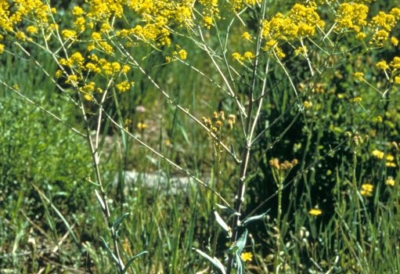Dyer’s Woad Noxious Weed Management
Dyer’s Woad Noxious Weed Management
While dyer’s woad has its uses, in western parts of the United States, the plant has become invasive. It’s a weed that sucks the life from other plants around it, especially with its thick, long roots.
Due to the speed at which the seeds grow and spread, it’s important to act as soon as you see a dyer’s woad growth. Here’s a look at the best ways to get the plant under control.
High Priority to Smaller Growths
Because of how quickly it spreads, weed management companies will give the smaller growths a higher priority. It is easier to tackle the problem when the growth is new, since the flowers can be removed before the seeds get a chance to spread. The plant will be removed from the roots, covering the flowers with a bag to prevent the spreading of more seeds. Areas where there is a lot of traffic increase the chance of the seeds spreading. These parts are also given higher priority than the vast growths in isolated areas. Roadsides, walkways, and river banks will be considered the worst offenders in the majority of cases.
Monitoring After All Extraction Methods
Herbicides can be useful for controlling larger growths of the flowering weed. They’re easier than manual methods and can work by smothering the seeds and flowers to prevent further growth and spreading. The growth of a plant called rust fungus is also a popular option, as it helps to overpower the dyer’s woad.
Whatever type of control is used, monitoring afterwards is necessary. There are times that some roots are left. The seeds can get trapped in the stems, meaning they can spread and continue the growth even after extraction. Monitoring allows for quick, manual extraction should the flower start to grow again. Burning is commonly used once the plant has been removed from the ground. The use of burning large stretches of land has proven ineffective before the flowers are extracted. The seeds prefer dry land to spread and replant.
If you have dyer’s woad infestation problem on your property, give SprayTech a call at 720.248.0000 for dyer’s woad noxious weed management options.



Comments are closed.